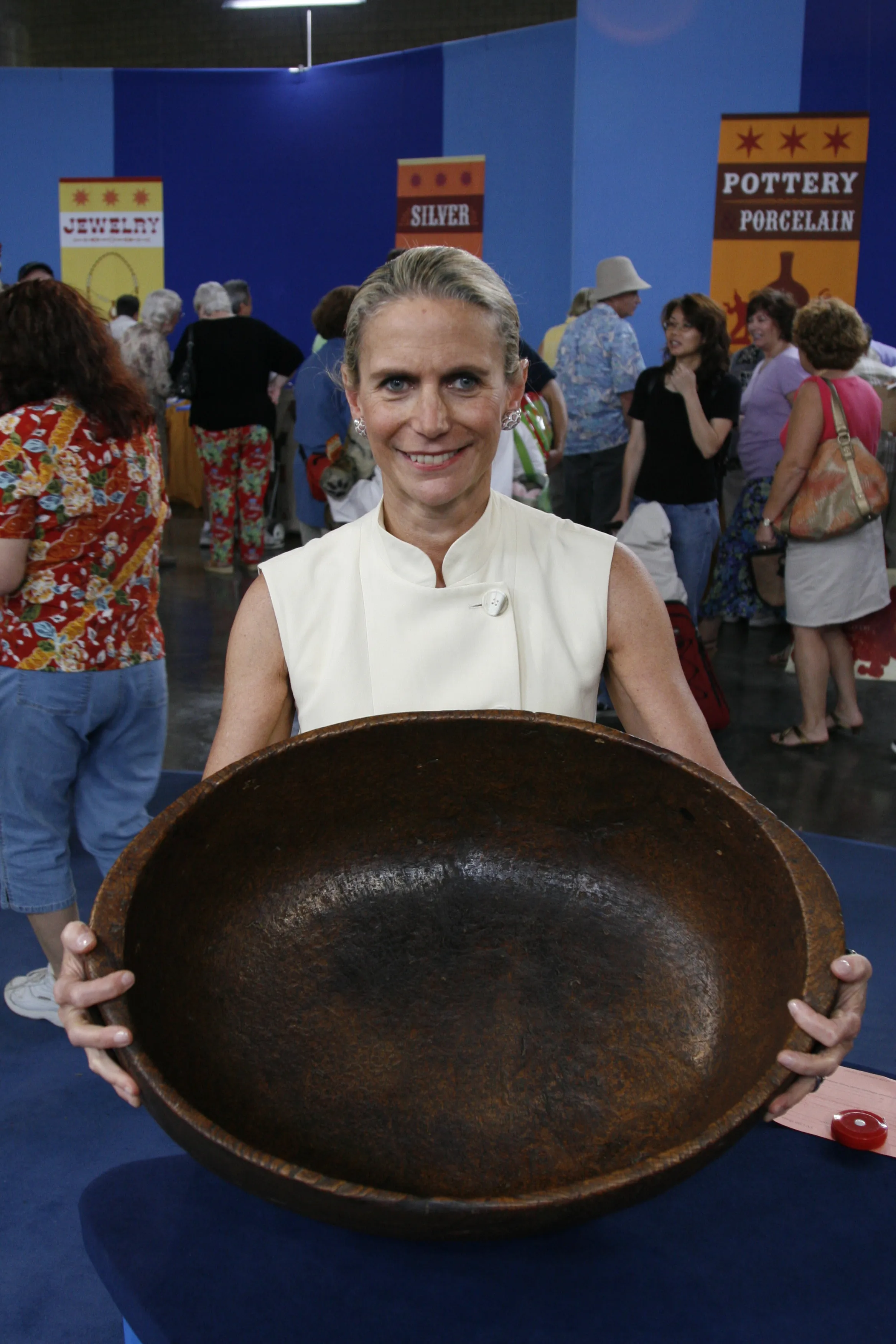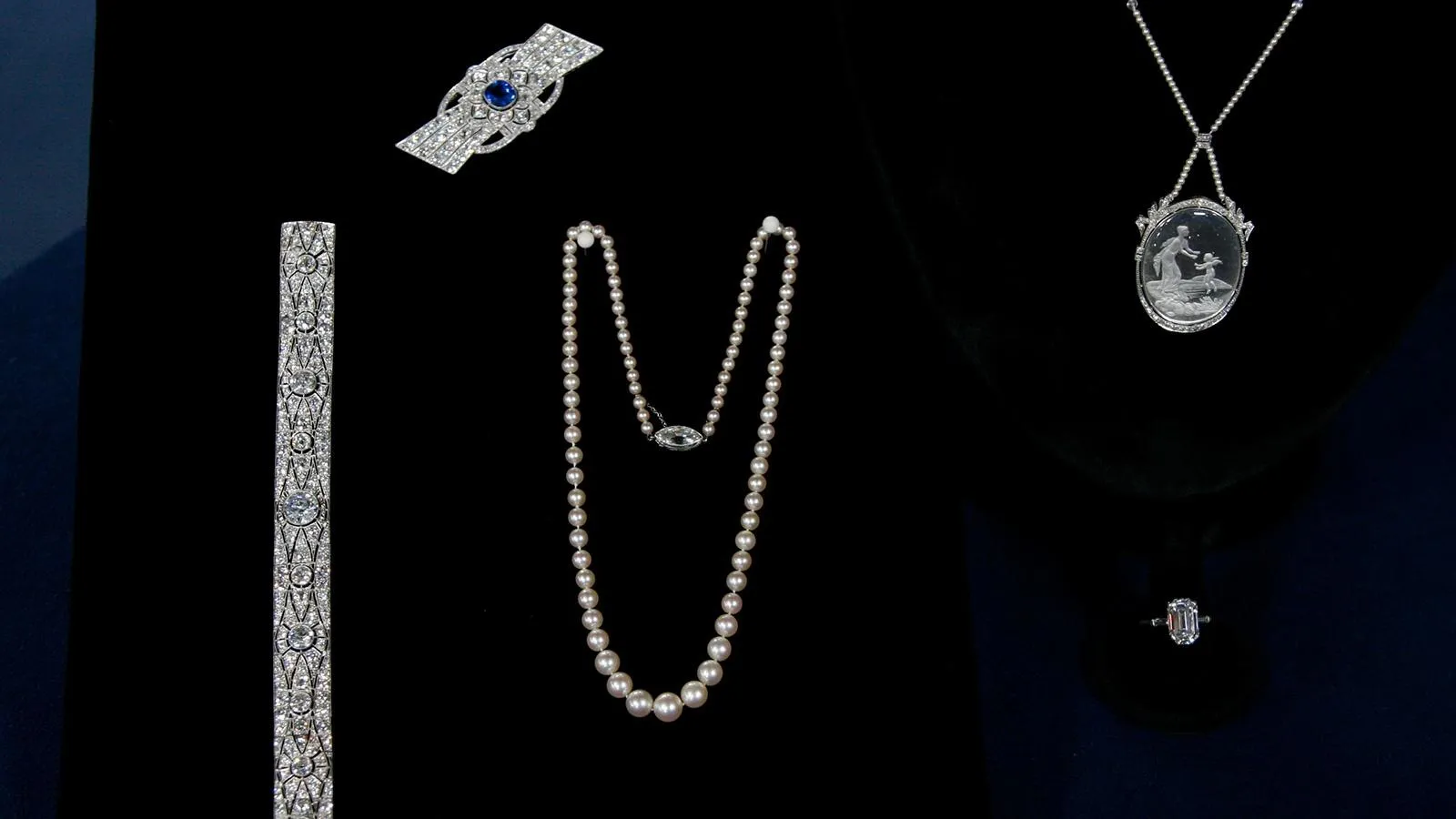GUEST: It's been in my family for at least 80 years. My grandfather bought it sometime in the 1920s at a sale in Nova Scotia, Canada. Family history has it that it's Mi'kmaq Indian from the East Coast of Canada. My brothers and I were all pushed around the living room in, in this. (laughs)
APPRAISER: You must have come from, you know, strong stock. Well, this has created quite a stir. And although everybody is of a like mind that it's Native American-made, and probably from the Canadian Maritime area-- one of those tribes-- nobody's exactly sure whether or not it's Mi'kmaq or Passamaquoddy or Malecite. There are a number of tribes that are in that area. The consensus amongst those of us who are here today, that it's made out of elm wood.
GUEST: Elm.
APPRAISER: Which is an indigenous tree to that particular area of the Northeast of America. You see this elongated grain, which is typical of elm wood. It's a burl bowl. It's made out of that knot of burl that is particularly well suited to this kind of a container, because it doesn't split. And so it makes it very adaptable for scooping out and shaping. It's about 24 inches in length, it's 16-and-a-half inches in width, and about nine inches in height, so that makes it unusually large for this kind of a piece. The value might have been around $15,000 ten years ago, but in today's market, it's probably worth, at auction, between $40,000 and $60,000.
GUEST: (chuckling) Whoa, okay. I wasn't going to be surprised, but you got me.
APPRAISER: (laughing) It's just a fabulous, fabulous piece.
GUEST: Wow.
APPRAISER: And everybody's been talking about it.
GUEST: And how old would you say it is?
APPRAISER: 18th century.
GUEST: Wow.













